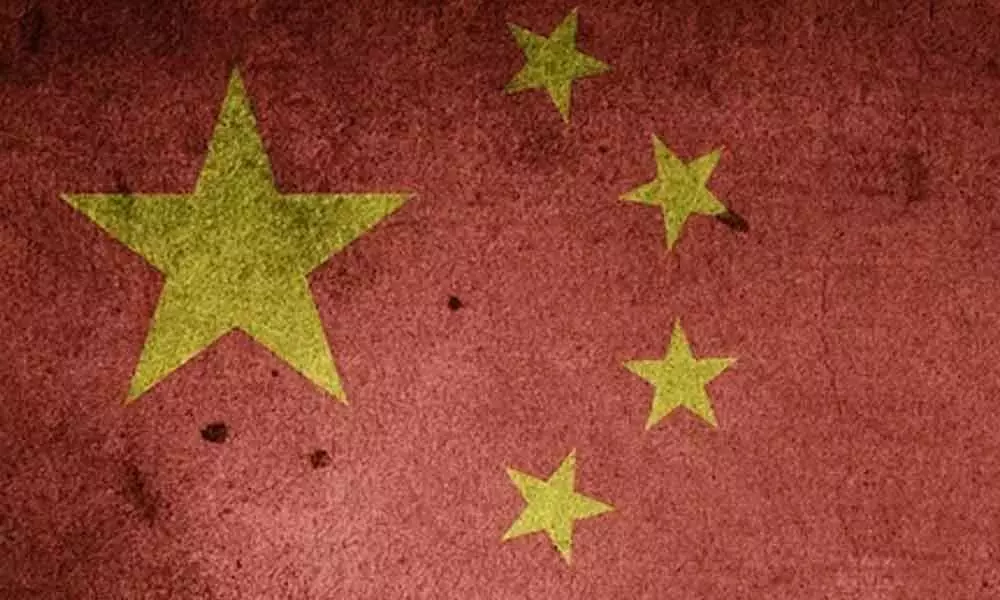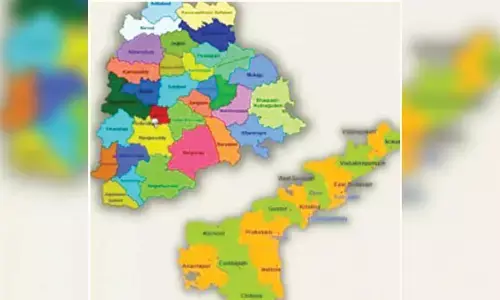A new battle with China on the anvil

A new battle with China on the anvil
China has recently announced its plans to harness the waters of Yarlung Tsangpo (Brahmaputra) triggering a bout of fresh fears amongst the downstream nations.
China keeps repeating that it will be a run-off-the-river dam and hence would not affect the water flows. However, there is little to suggest that the country speaks the truth.
In addition, the world is aware of China's designs to divert the Tibetan waters to the rest of the country upstream. China's state-owned media shared plans for a 60-gigawatt mega-dam on the Yarlung Tsangpo River in the Tibetan Autonomous Region (TAR) last year.
Now with the "aim of achieving carbon neutrality by 2060, Beijing has significantly boosted its efforts to build a 'super dam' in Tibet". China has already built several smaller dams on the Yarlung.
The new dam's ability to generate hydropower could be three times that of central China's Three Gorges Dam, which currently has the largest installed hydropower capacity in the world, reports suggest.
The point at which China seeks to construct the project is known as the Grand Canyon of Tibet. This is the point where the mighty Tsangpo plunges down to 2,700 metres in its course of long journey.
This one is good for producing hydroelectric power, but experts have been warning of the consequences it will have not only for the ecology and ecosystems but also the political fallout too.
The Three Gorges Dam forced more than 1.4 million people out of their habitats and the new one would do so to a much greater number. The argument of China put forth through Yan Zhiyong, chairman of the country's Power Construction Corp that the hydroelectric power was aimed at China's green future sounds ridiculous as China is already a power surplus country.
Tibet is known as the 'Water Tower' of Asia catering to the dense populations of the Asian countries such as not only India but also Vietnam, Cambodia, Laos, Thailand, Burma, Bangladesh, Nepal, Bhutan and Pakistan.
Tibet in itself never played around with its ecology as the greedy Chinese do and hence there was no problem as long as it was independent. But a major problem in the world arises now that it is under the occupation of China.
In fact, Tibet's water resources were one of the major concerns that made China take control of the land 70 years ago. In Southeast Asia, China has faced accusations that a series of dams it has built on the Mekong have worsened drought in downstream countries, which Beijing denies.
China will definitely use the proposed mighty dam against India. China's downstream neighbours have a legitimate cause for concern. Water flow will be disrupted. India and Bangladesh are also engaged in a long-standing dispute over sharing river waters, especially those of Teesta.
The two countries share 54 rivers between them. The International Water Courses Convention, adopted by the United Nations in 1997, applies certain rights and duties in relation to trans-boundary flows, although neither Bangladesh, India or China are signatories. It is time our politicians wake up to the threat and build a consensus amongst all neighbours and friends against the same.

















